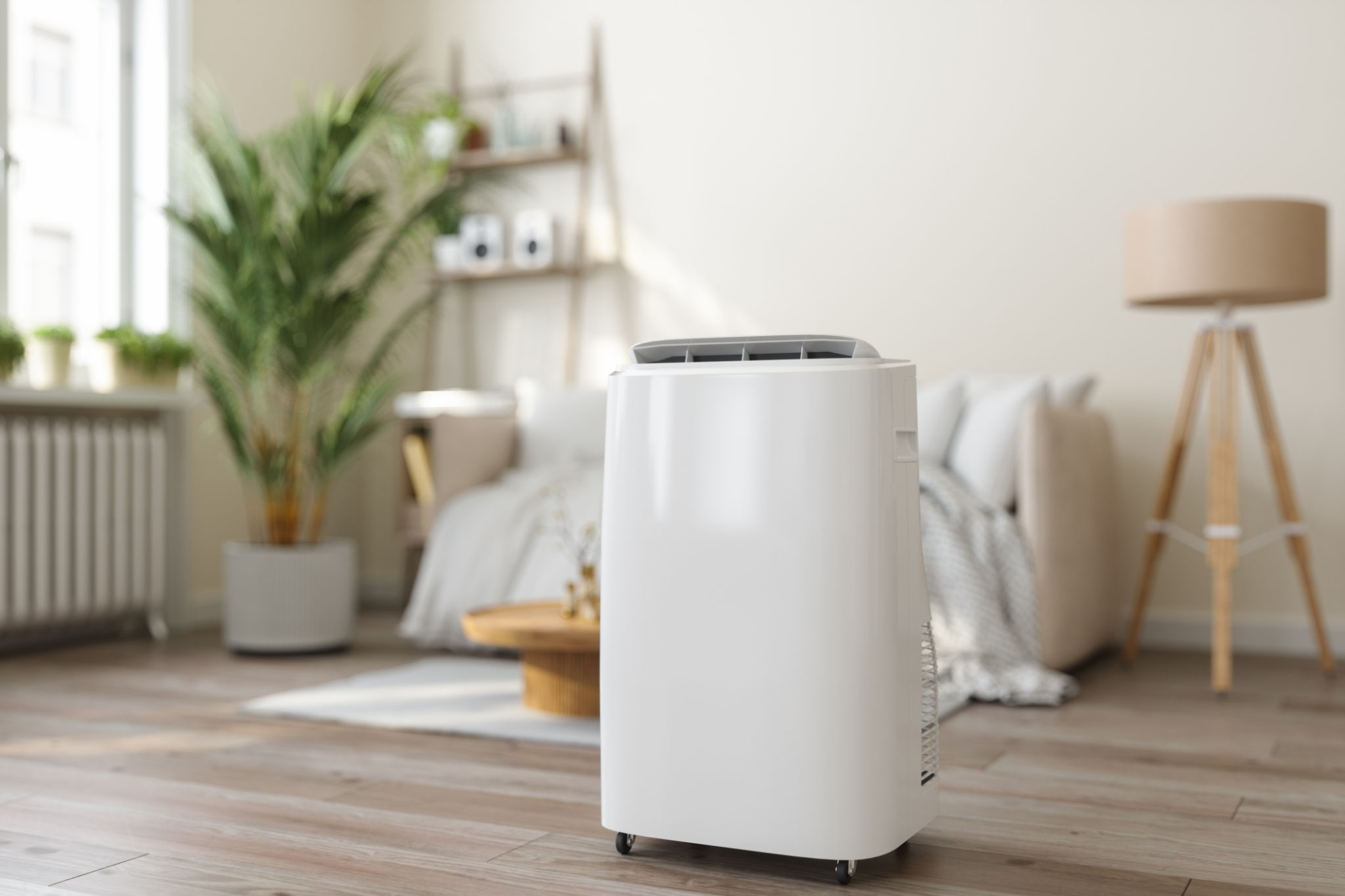Expert Tips for Maintaining a Mold-Free Home in Humid Climates
Understanding Mold Growth in Humid Climates
Living in a humid climate comes with its own set of challenges, one of the most persistent being mold growth. Mold thrives in damp, warm environments, making humid areas particularly susceptible. Understanding the conditions that promote mold growth is the first step in effectively managing it in your home.
Molds are fungi that reproduce through tiny spores that float through the air. They can grow virtually anywhere, as long as moisture and oxygen are present. In humid climates, the high levels of moisture in the air provide an ideal environment for these spores to flourish, often leading to unwelcome infestations.

Control Moisture Levels
Ventilation is Key
Proper ventilation is crucial in reducing humidity levels in your home. Ensure that areas prone to moisture, such as bathrooms and kitchens, are well-ventilated. Use exhaust fans regularly and keep windows open when possible to allow air to circulate.
Use Dehumidifiers
Dehumidifiers are an effective tool in managing indoor humidity. They work by extracting moisture from the air, making your home less hospitable to mold. Place them in areas that are particularly prone to dampness, such as basements and bathrooms.

Regular Cleaning and Maintenance
Inspect and Repair Leaks
Regularly check for leaks around sinks, toilets, and other plumbing fixtures. Even a small leak can create a breeding ground for mold if left unchecked. Promptly repairing any leaks can prevent moisture from accumulating and mold from growing.
Regular Cleaning Routines
Establish a regular cleaning routine that includes scrubbing areas prone to mold growth with mold-inhibiting cleaners. Pay special attention to bathrooms, kitchens, and basements. Keeping these areas clean and dry will significantly reduce the risk of mold.

Preventative Measures
Use Mold-Resistant Products
Consider using mold-resistant products when renovating or building your home. Mold-resistant drywall, paint, and sealants can provide an extra layer of protection against mold growth.
Monitor Humidity Levels
Invest in a hygrometer to monitor the humidity levels in your home. Ideally, you want to keep indoor humidity below 60%. This small investment can help you make informed decisions about when to use dehumidifiers or increase ventilation.

Final Thoughts
Maintaining a mold-free home in a humid climate requires vigilance and proactive measures. By controlling moisture levels, conducting regular cleaning and maintenance, and implementing preventative strategies, you can significantly reduce the risk of mold growth. Remember, prevention is always better than cure, so take these steps today to protect your home and health from the adverse effects of mold.